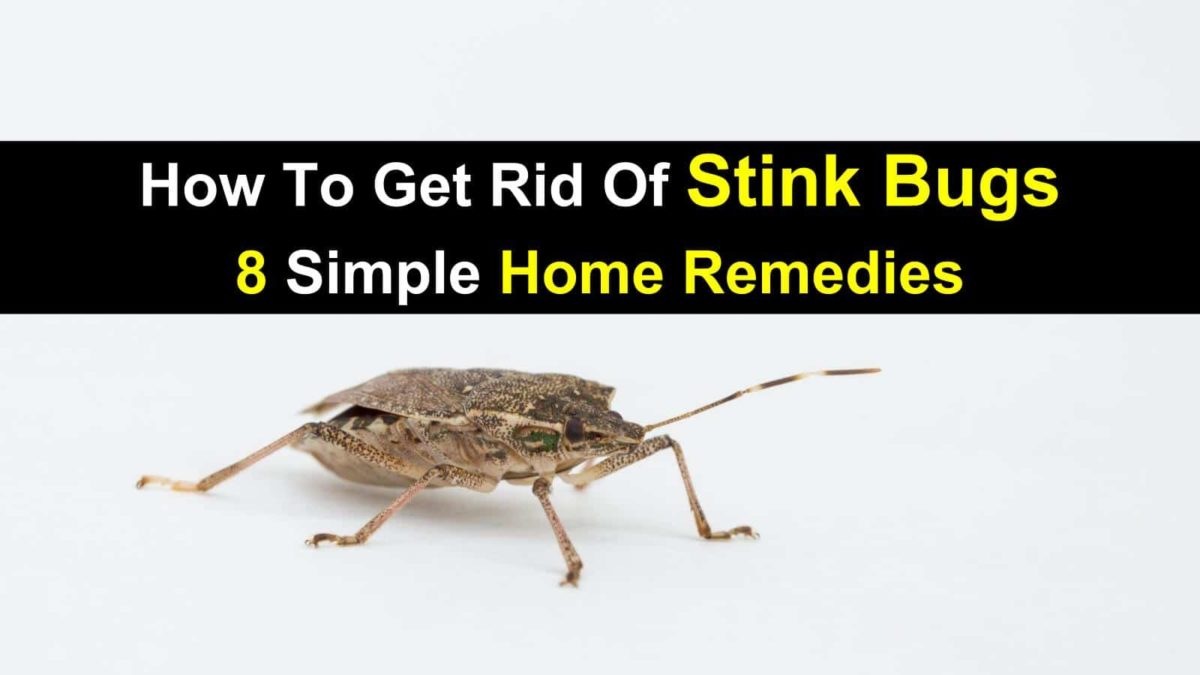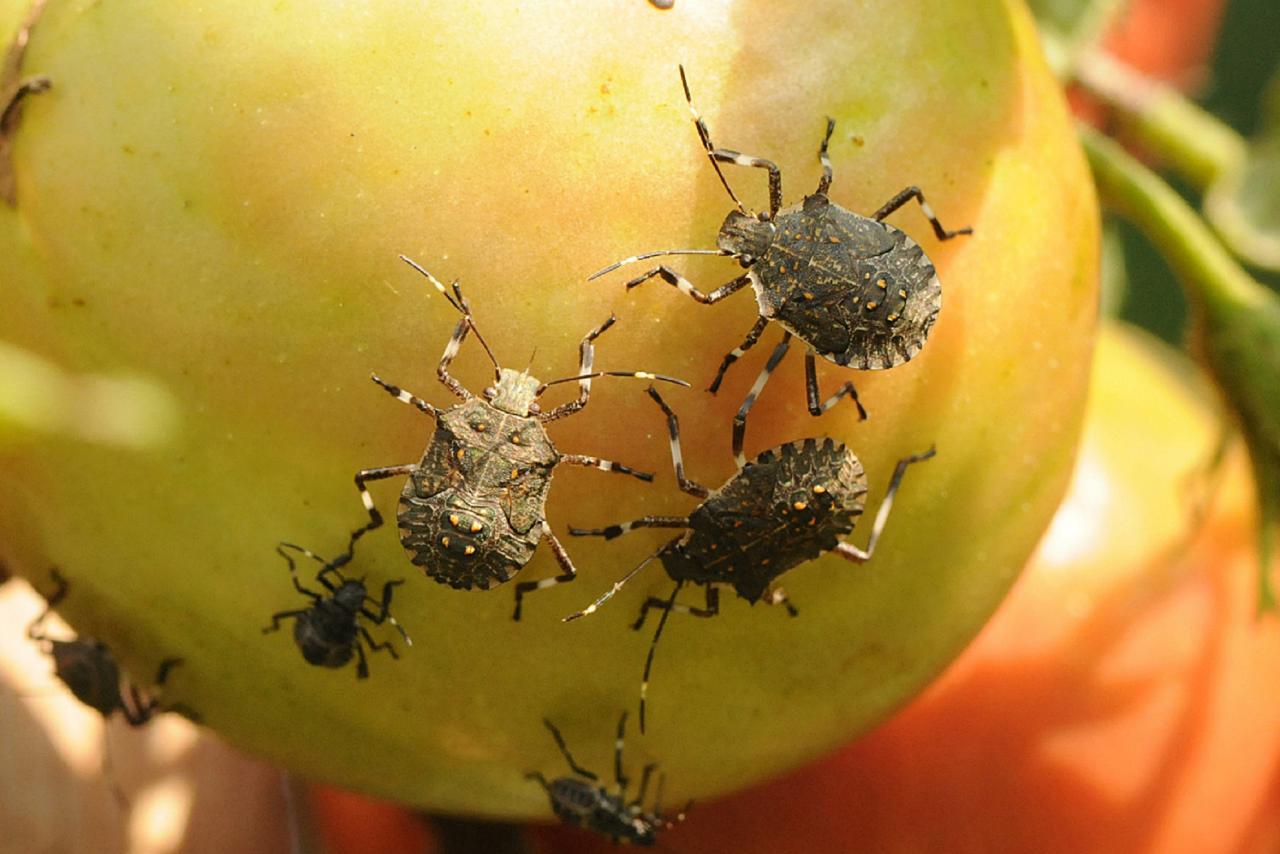Table Of Content

Then decant this into a spray bottle, and spritz around the areas you've spotted them. If you have stink bugs in your home, try these seven tips for getting rid of them. Do not — we repeat, do not — try to squish away a stink bug.
How to Get Rid of Water Bugs Once and for All

If you use a vacuum cleaner, just make sure to replace the vacuum bag and throw the used one out or empty the dust bin right away. Overnight, the light from the bottle will attract nearby stink bugs. They'll climb in via the easy-access masking tape, but once they fall in, they cannot leave because of the ultra-smooth surface of the plastic bottle. The contents of the bottle can either be flushed away, or the bottle can be placed in a bag and tossed.
Get Rid of Stink Bugs In The Garden
This DIY trap might come in useful if you have stink bug infestations. Simply fill a foil cooking tray with two inches of water, and stir in a drop of dish soap. Next, angle a lamp to shine onto the surface of the tray and leave on a flat surface overnight. Since bugs are attracted to light, this should lure them into your trap to be captured and ready to be disposed of. Your home is where you come to relax and spend time with family and no one wants to find their home overrun with bugs and other household pests.

Vital Security System Maintenance Tasks You’re Skipping—And How That Makes Your Home Vulnerable
Prevent Stink Bugs and Other Overwintering Pests from Invading Your Home with Venables Pest Management - ThurstonTalk
Prevent Stink Bugs and Other Overwintering Pests from Invading Your Home with Venables Pest Management.
Posted: Tue, 26 Sep 2023 07:00:00 GMT [source]
When using outdoors, avoid spraying it on sunny days, which can scorch your plants. If you haven’t spotted one yet, you’re likely to find stink bugs hiding under rocks, windowsills, furniture or cracks in the walls. While getting rid of stink bugs can be tricky (you don’t want to cause an unpleasant smell!), there are some simple ways of keeping them at bay that will take no time at all. So, if you want to avoid an infestation, here’s how to get rid of stink bugs in your home and garden for good. Although stink bugs live, feed, and mate outdoors for most of the year, the cold of the winter often drives them indoors.
The stink bugs like to come out this time of year - Spectrum News 1
The stink bugs like to come out this time of year.
Posted: Thu, 16 Nov 2023 08:00:00 GMT [source]
Like many living creatures (including us), stink bugs are motivated by food. So it's no surprise that if you're leaving food out on your kitchen worktop, you're practically inviting them in for a multiple-course meal. Even your best trash can tempt them inside, so be sure to clean your kitchen bin thoroughly, and use antibacterial wipesor your best steam cleaner to mop up any bin juice. Yes, the same stuff you add to your garlic bread and yummy dinners can be used to evict stink bugs from your property. But you don't have to waste a fresh clove to get rid of these pests. A neem oil spray can be made similarly—though you'll want to use twice the amount of neem oil—but it serves a different purpose.
In addition, cockroaches are often responsible for triggering allergies in sensitive populations. Common ants in our area include the Argentine, Pavement, Pharoah, and Thief. Argentine ants create large colonies and will create large trails of ants to potential food sources indoors, such as pet food bowls. Pavement ants like to establish homes in your walls or underneath flooring and, if you get in their way, they may bite.
Keeping your home totally pest-free
Brown marmorated stink bugs (BMSBs) are an invasive species from Asia that first arrived in Pennsylvania in 1996 and can now be found in much of the continental United States. Stink bugs earned their name from the defensive odor they release when disturbed or crushed. People most commonly encounter stink bugs in their homes during late summer and autumn as the temperatures outside begin to fall. If you don't want to use insecticides, you can make a simple, homemade solution to deter stink bugs. Simply add one cup of white vinegar, and ½ cup of dish soap to two cups of hot water in a spray bottle before spraying directly onto the bugs.
More in Pests
Jaime McLeod is a longtime journalist who has written for a wide variety of newspapers, magazines, and websites, including MTV.com. She enjoys the outdoors, growing and eating organic food, and is interested in all aspects of natural wellness. Stink bugs don’t bite, and therefore, they are not typically dangerous to humans.
Ants
Stink bugs are most active during early autumn—and they’re looking for a place to congregate in annoyingly large numbers (often while giving off an unusual odor). “Stink bugs have a consistent timeline they stick to when it comes to laying eggs, maturing, and hibernating,” McLean explains. From September to October stink bugs tend to look for warmth as the weather cools. Homeowners often find stink bugs inside during the late summer months as well as autumn, when temperatures outside start to drop. Finding large numbers of live or dead stink bugs is a telltale sign of an infestation.
Stink bugs will turn up on sunny sides of homes where they warm themselves. Growers often detect an infestation by the damage they cause to their crops. Stink bugs get their name from the unpleasant odor they produce when they are threatened. It is thought that this odor helps protect the bugs against predators.
Many insects are only able to see three colors (ultraviolet, blue, and green), which is why they’re naturally attracted to cool-toned light. Window screens were invented to keep bugs out of the house, but if they have holes, they can’t do their job. Inspect all household window screens each year, and repair or replace them as needed. Outdoor cooking and dining attracts ants, flies, and wasps, but the grease and residual food left on the grill after a cookout can bring even more pests, including mice and rats.










